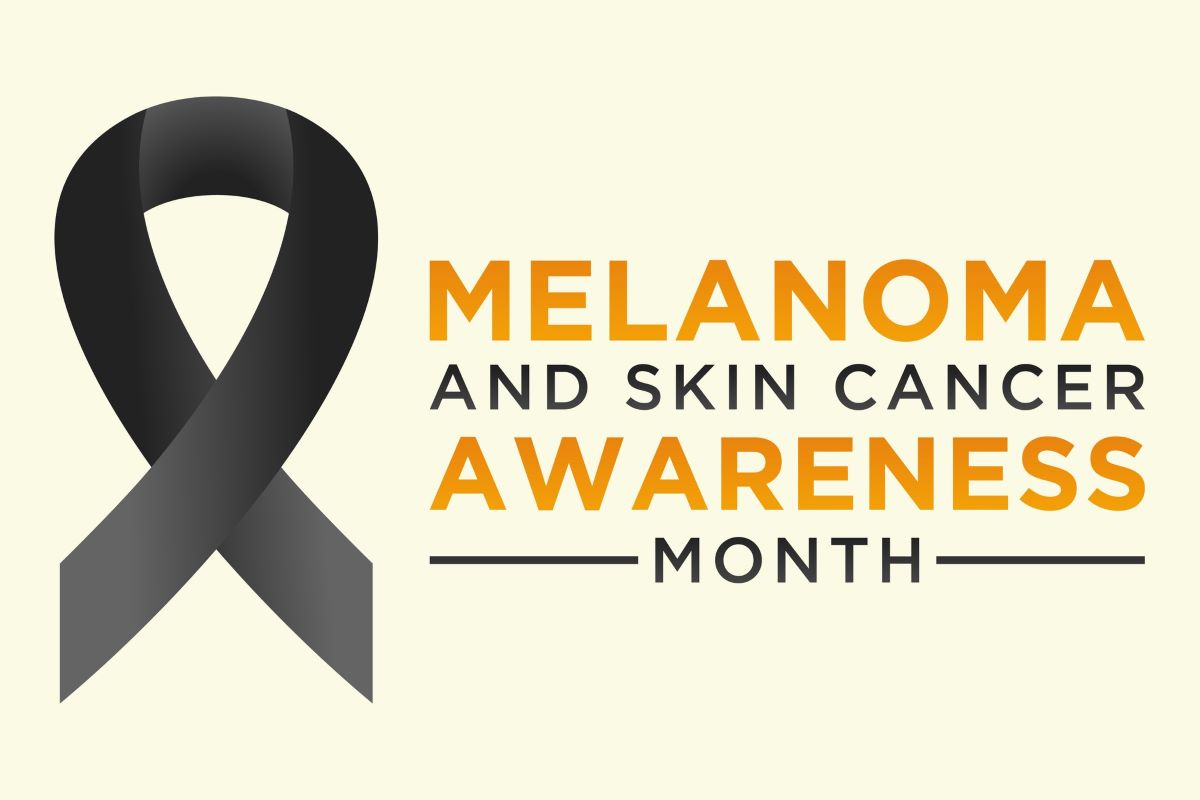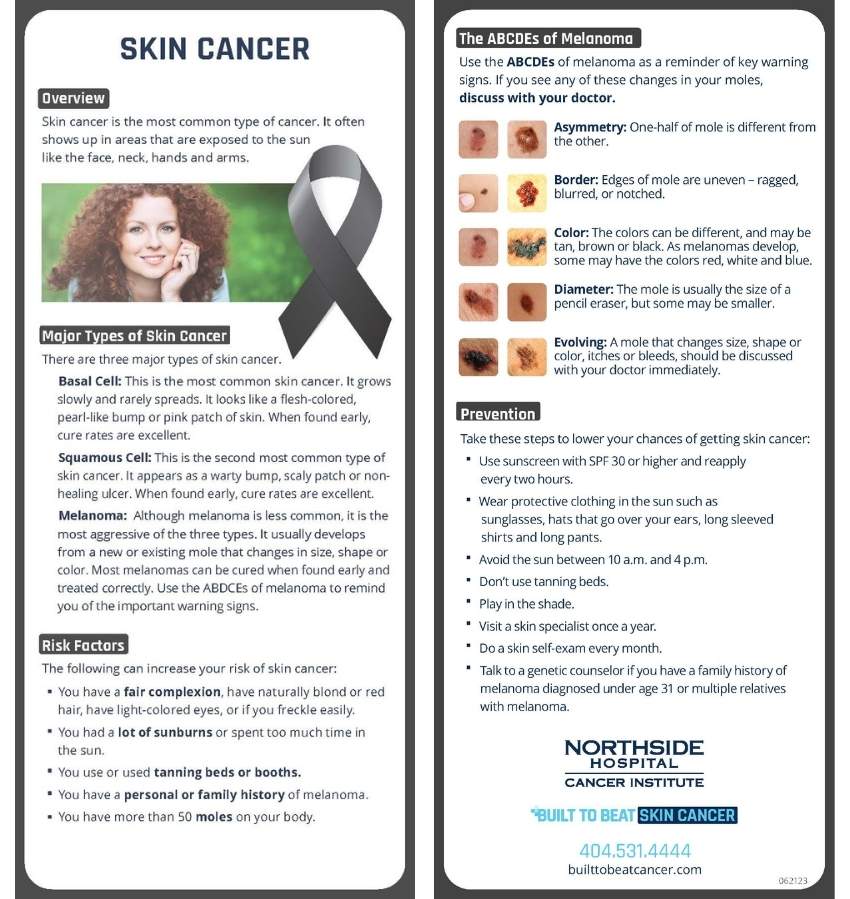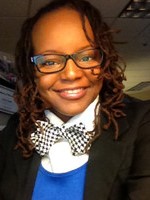
Skin cancer is the most common form of cancer in the United States, with about 1 in 5 Americans diagnosed during their lifetime.
Each May, we recognize Skin Cancer Awareness Month, with Melanoma Monday falling on May 5 this year, a day dedicated to raising awareness about melanoma, the most dangerous type of skin cancer.
There are three primary types of skin cancer:
- Basal cell carcinoma (BCC)
- Squamous cell carcinoma (SCC)
- Melanoma, the least common, but most aggressive, due to its potential to grow and spread rapidly
Risk factors for skin cancer include exposure to ultraviolet (UV) rays from the sun or tanning beds, fair skin, older age, male gender and a family history of melanoma.
In Georgia, skin cancer rates are slightly above the national average. That’s why the Northside Hospital Cancer Institute is committed to eliminating barriers to cancer screening and prevention. Northside provides no-cost, rapid skin cancer screenings at its hospital campuses and locations throughout the community, reaching businesses, faith-based organizations and local health expos.
These screenings are made possible thanks to the generosity of dermatology providers who volunteer their time and expertise and the dedication of our Northside Hospital Cancer Institute community outreach and engagement team and volunteers. Since the COVID-19 pandemic, we’ve recovered our screening momentum and surpassed pre-pandemic participation levels.
Who’s most at risk?
Northside screening data shows that the highest-risk individuals are non-Hispanic Caucasians (males more specifically), typically middle-aged or older, with a history of blistering sunburns and tanning bed use.
What can you do to protect yourself?
While you can’t change certain risk factors like age, race or family history, there are still steps you can take to reduce your risk:
- Limit UV exposure.
- Avoid tanning beds and sun lamps.
- Practice sun safety.
- Wear protective clothing, hats and sunglasses.
- Use broad-spectrum sunscreen with SPF 30 or higher (reapply every two hours).
- Seek shade during peak sun hours.
- Don’t smoke.
- Get an annual skin exam.
- Perform regular skin self-exams. Check your skin in an area with good lighting using either a full-length or hand-held mirror, or ask a spouse/loved one to help you see areas that are hard to see.
Know the ABCDEs of melanoma:
- A – Asymmetry: One half is unlike the other
- B – Border: Irregular, scalloped or poorly defined edges
- C – Color: Varies from one area to another (shades of black, brown or sometimes red, white or blue)
- D – Diameter: Larger than 6 mm (about the size of a pencil eraser)
- E – Evolving: Changing in size, shape or color

If you spot any of these warning signs, seek evaluation by a dermatologic specialist.
Learn more about skin cancer screenings at Northside.
Learn more about the Northside Hospital Cancer Institute Melanoma & Skin Cancer Program.

